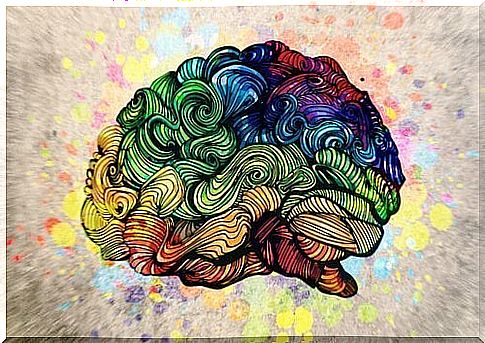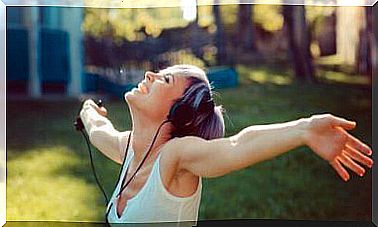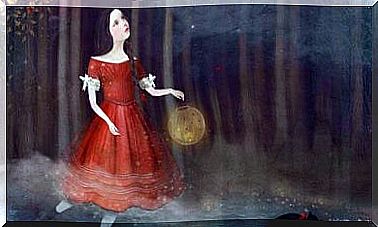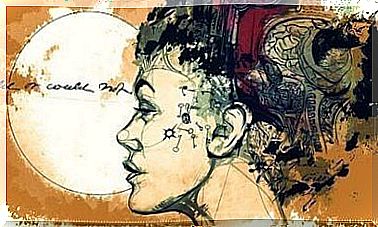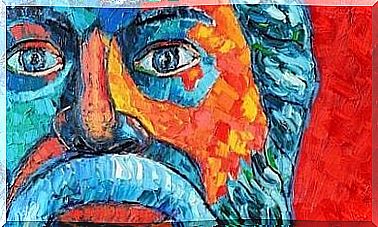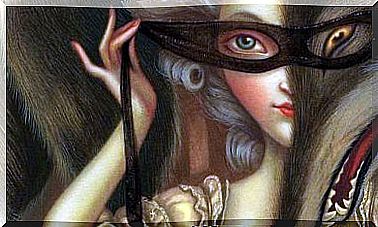Neuroesthetics: The Science To Understand Art
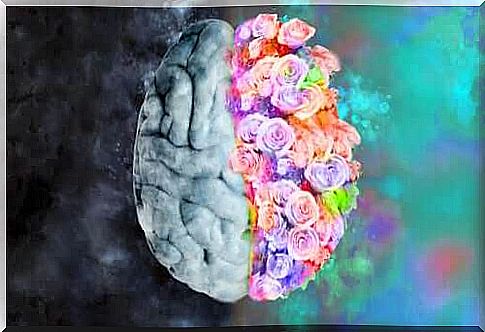
For centuries, questions such as: “What is art?”, “How do we perceive beauty?”, “What determines that something is beautiful?” have generated a lot of ink.
It seems that neuroesthetics appeared about ten years ago to answer these questions. This recent discipline unites knowledge and techniques derived from neuroscience and art.
It may seem absurd to many people to quantify and measure art. Nevertheless, the objective of this current is to find the common points of all artistic works. We want to know what happens in the brain of a person when he perceives through the senses an artistic work or when he is the author.

What is the interest of neuroesthetics?
From a biological point of view, the aesthetic response could be based on a particular type of attraction. This special attraction can be directed towards concrete objects, people, colors, ideas, etc.
Attraction or repulsion has played a fundamental role in the evolution of our species. Their benefits are obvious. For example, we are conditioned so that the colors of fresh food attract us. So food in bad condition disgusts us, for example a rotten fruit. We are more drawn to determined faces. In general, we are better at identifying microgests that will help us ensure reproduction.
On the other hand, art depends on feelings which themselves depend on the brain. Thus, there is no doubt that it is at the level of the brain that we will find the signals which indicate that a work pleases us.
What exams are neuroesthetics based on?
The main discoveries in neuroesthetics come from several types of research. Like many fields, the first results were seen by studying cognitive processes and people with brain damage. Brain imaging exams were also performed on subjects while they were giving their positive or negative opinion on a work of art. Brain reactions were also observed according to the type of art (dance, music, painting, etc.).
These neuroesthetic studies mainly use magnetic resonance imaging (MRI). The latter makes it possible to collect information on the zones which are activated during a task, and with what intensity. In more detail, there are also studies that use physiological techniques like the electroencephalogram.
What can we know?
A 2007 study by a team of neurologists claimed to find out if beauty was completely subjective. For this, in an MRI machine, they showed the participants images of sculptures from Classicism and the Renaissance. First, they showed the original images of the works and second, the same sculptures with modified proportions.
The subjects then had to say whether they liked the sculptures or not. They then had to judge the proportion. Scientists thus discovered that before the original sculptures were observed, an activation of the island lobe was observed. This region is particularly related to abstract thinking, decision making and perception.
Moreover, when they said they liked the sculptures, the right part of the amygdala was activated. This region of the brain is crucial for processing emotions, including satisfaction and fear.
However, another study indicates that the perception of beauty and “ugliness” is processed by the same area (orbitofrontal cortex). Only the intensity of the activation differs.
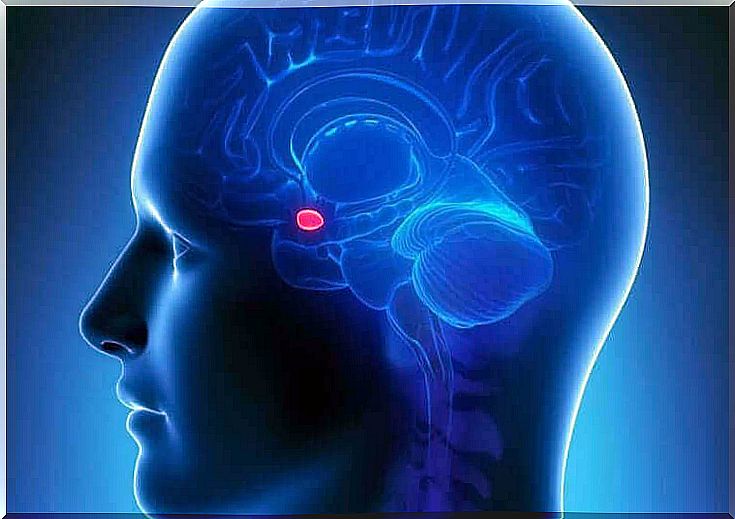
It’s not all about the brain
Despite everything and understandably, everything is not related to the brain. Culture plays a predominant role in the conception of beauty and attraction for certain artistic works. This is why the socio-cultural context must be taken into account when drawing conclusions about what is considered beautiful.
For example, a neuroesthetics study observed that works presented to participants who had a label with the location of the MoMa (Museum of Modern Art) were perceived as more beautiful than the rest (of unknown location). However, whatever the cultural factors, what is fascinating is that two different works have the same effect in the brains of several people.
